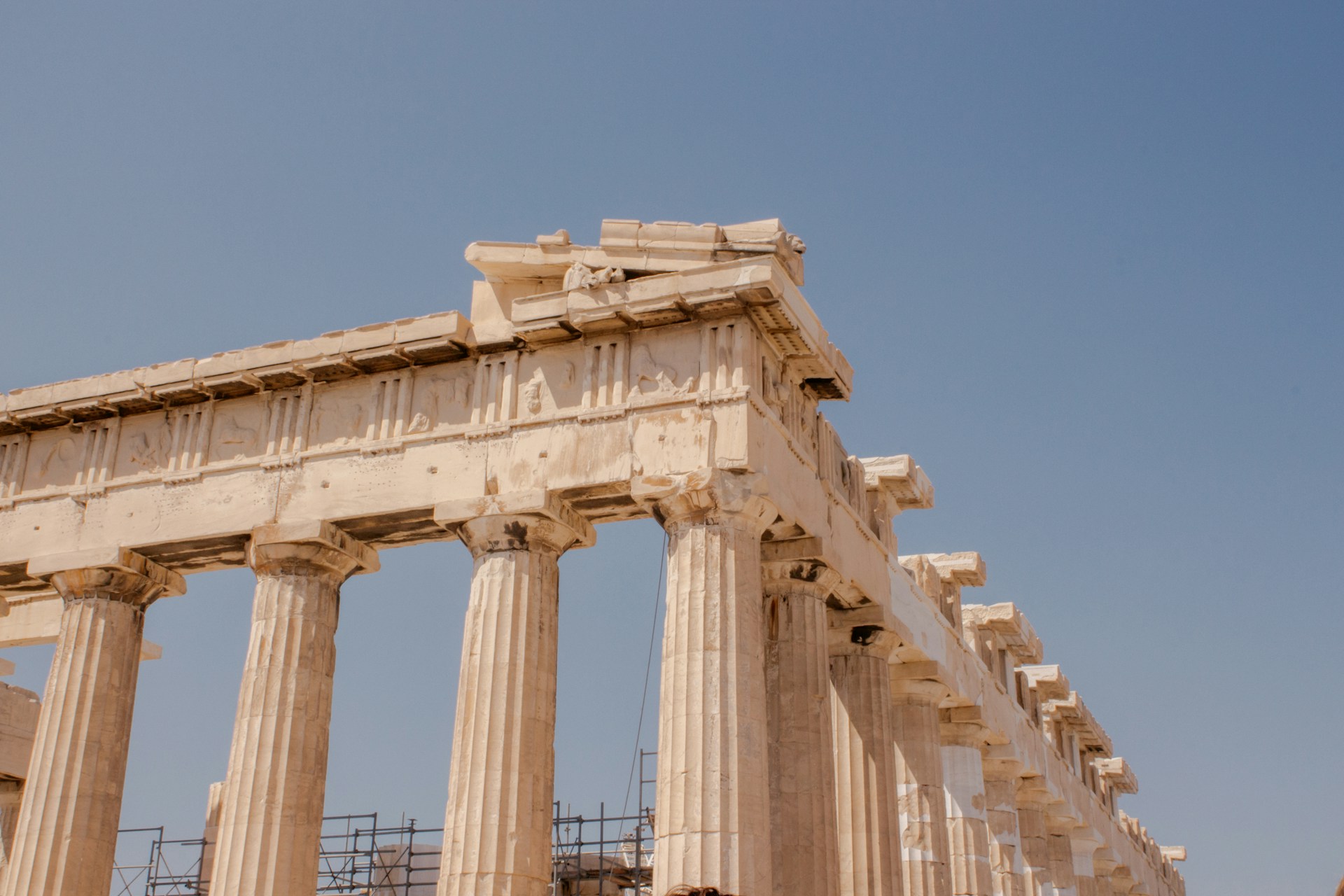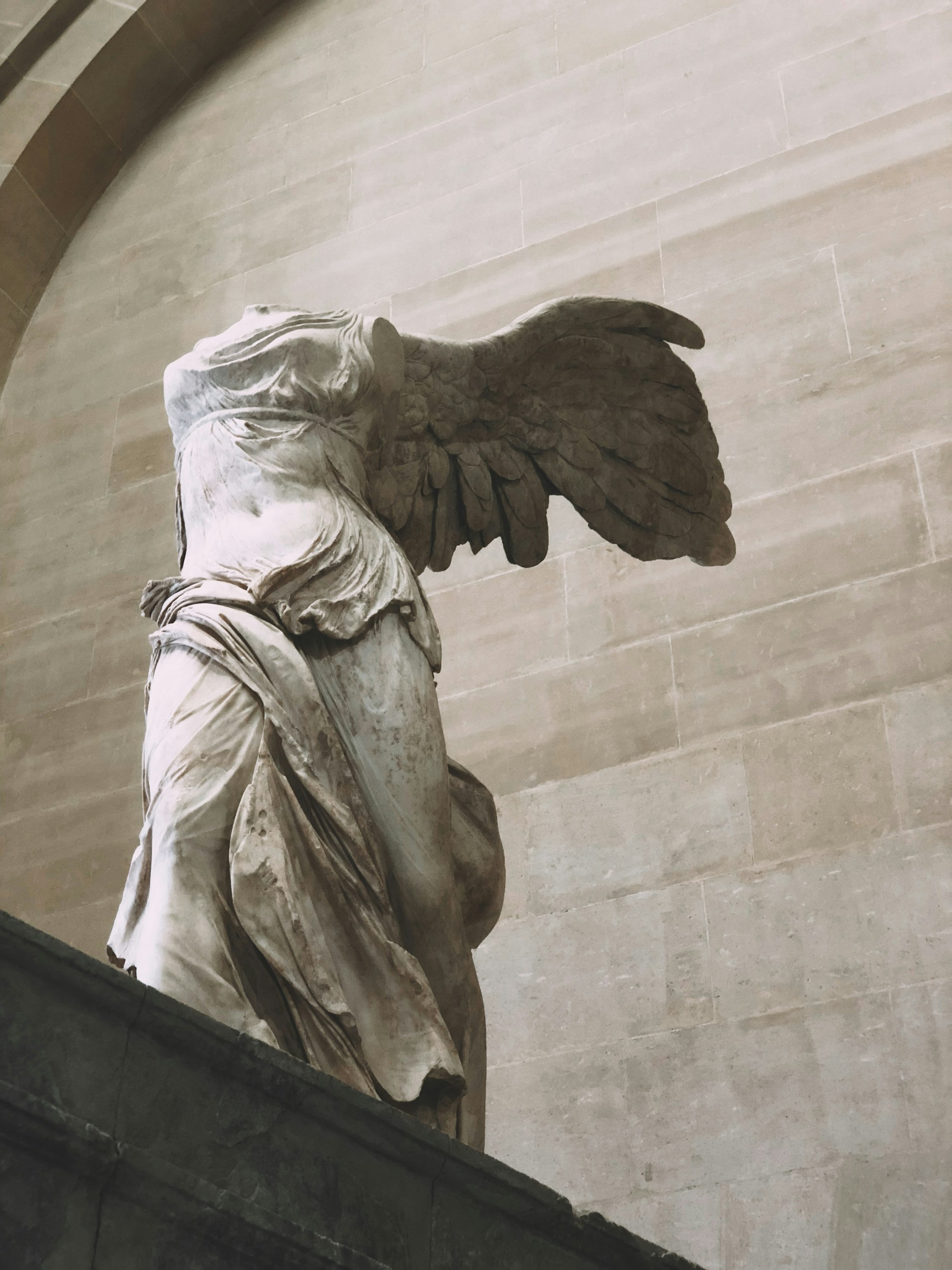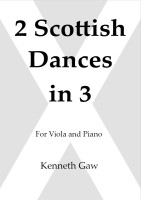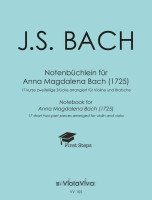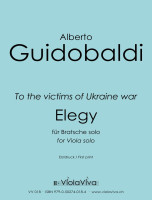
The Viola as a solo Singer
Anabel Avendaño - For those seeking to explore the lyrical potential of the viola, the following piece may be of interest. Composed between 1994 and 1996, Song Without Words by Dimitri Terzakis is part of a collection of three cycles for voice without accompaniment or text. Transcr bed by Tatjana Masurenko in 2019, it is a valuable addition to the repertoire. This is an opportune moment to examine the assertion frequently made by violists that the viola is the instrument most closely resembling the human voice.
In the solo viola version, six songs were selected from the original 18-song cycle. These songs were adapted to exploit the expressive potential of the viola, incorporating double stops and diverse effects achieved with the bow, such as flautando, harmonics, and different bow indications. In order to execute the work and explore the lyrical aspects, it is essential to immerse oneself in the melodic characteristics of traditional Greek music, as these are highly evident in the viola version. The ornamentation and embellishment of the work make use of a multitude of techniques, including melisma, microtones, and sustained notes, similar to those employed in double reed instruments such as the duduk. Additionally, the piece requires a substantial degree of freedom in timing, in line with the improvisatory style of traditional sung songs.
This is an excellent work to explore different types of tone production. In addition to the healthy Sound that is typically used in the classical viola repertoire, it is possible to achieve a range of effects, including whispers, sighs, sobbing, lament, expressiveness, and a multitude of other possibilities. It is evident that the possibilities for natural vocal expression are vast. This provides a compelling reason for research and curiosity in the study room, where different points of contact in the bow, speeds, and combinations of the aforementioned elements with different types of vibrato can be explored.
It is also important to note that the tuning in this work requires a great deal of patience and attention in order to achieve the desired microtones. This involves exploring the minimum distances and the necessary expressiveness of these microtones within the melodic lines. One can gain insight into these concepts by listening to and even imitating singers.
Regarding the character of each song, the titles serve as a guide because they are very descriptive:
I. The first love's dream
II. A long time ago
III. A Fairy-Tale
IV. An Eagle
V. The Prophecy of Kassandra
VI. Deep in the Abyss, a Bird is weeping alone.
The themes of the work exhibit a phorphane and existential nature, yet are also inspired by Greek mythology and melodies.
The recurring narrative in Greek fables of the eagle pierced by an arrow held with its own feathers, in response to which it is said, 'Many are betrayed by the very things that they themselves have wrought,' provides a fitting parallel to the themes of the work.
Please refer to the following link for a live performance by Tatjana Mausrenko:
https://www.youtube.com/watch?v=UpbLvu07fRY
This performance offers an excellent example of a beautiful interpretation where the lyrical resources and characteristic ideas of Greek music, as previously mentioned, are particularly appreciable.
Please be aware that should you wish to discuss the article or any other topic, you are invited to contact us via the Instagram direct messages of the music4viola community, which is a forum for the discussion and sharing of ideas about viola.
You can find out more about the composer Dimitri Terzakis here.
New download editions |
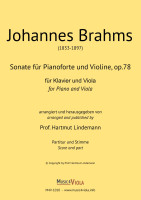
Sonata, op. 78
for Violin and Piano
Edited by Hartmut Lindemann
with detailed foreword
2 Scottish Dances in 3
for Viola and Piano
New printed editions |
Notenbüchlein for Anna Magdalena Bach
arranged for Violin and Viola
17 short two-part pieces
First Steps series (Grades 1-3)
» to the edition with preview and audio files
Alberto Guidobaldi (*1967)Elegy - To the victims of Ukkraine war
for Viola solo
EUR 2.- PER EDITION SOLD WILL GO TO THE VICTIMS OF THE UKRAINE WAR.
» to the edition with preview
Viola Newsletter |
 Do you don't want to miss any news regarding viola anymore? Our monthly viola news letter will keep you informed.
Do you don't want to miss any news regarding viola anymore? Our monthly viola news letter will keep you informed.
» Subscribe to our viola letter for free
|
|
 Visit us on Instagram and don't forget to join our music community and share your thoughts about the composer or any other viola-related ideas!
Visit us on Instagram and don't forget to join our music community and share your thoughts about the composer or any other viola-related ideas!
» Music4Viola on Instagram
|
|
 Visit and like us on Facebook. The news articles are also posted.
Visit and like us on Facebook. The news articles are also posted.
» Music4Viola on Facebook
